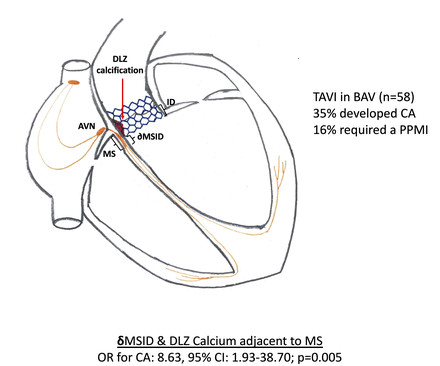Cardiologists Train Large AI Model to Assess Heart Structure, Function
DAIC
MAY 2, 2024
The foundation model could identify implanted intracardiac devices like a pacemaker, implanted mitral valve repairs and aortic valves from the echocardiogram images. Key takeaways from the study include: EchoCLIP displayed strong performance when assessing cardiac function using heart images.











Let's personalize your content